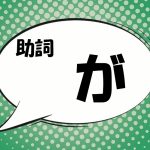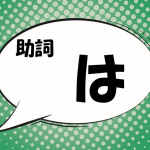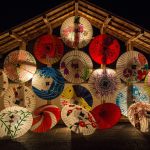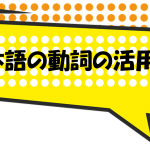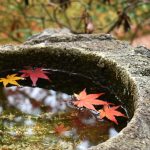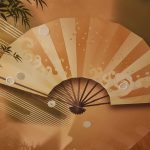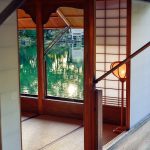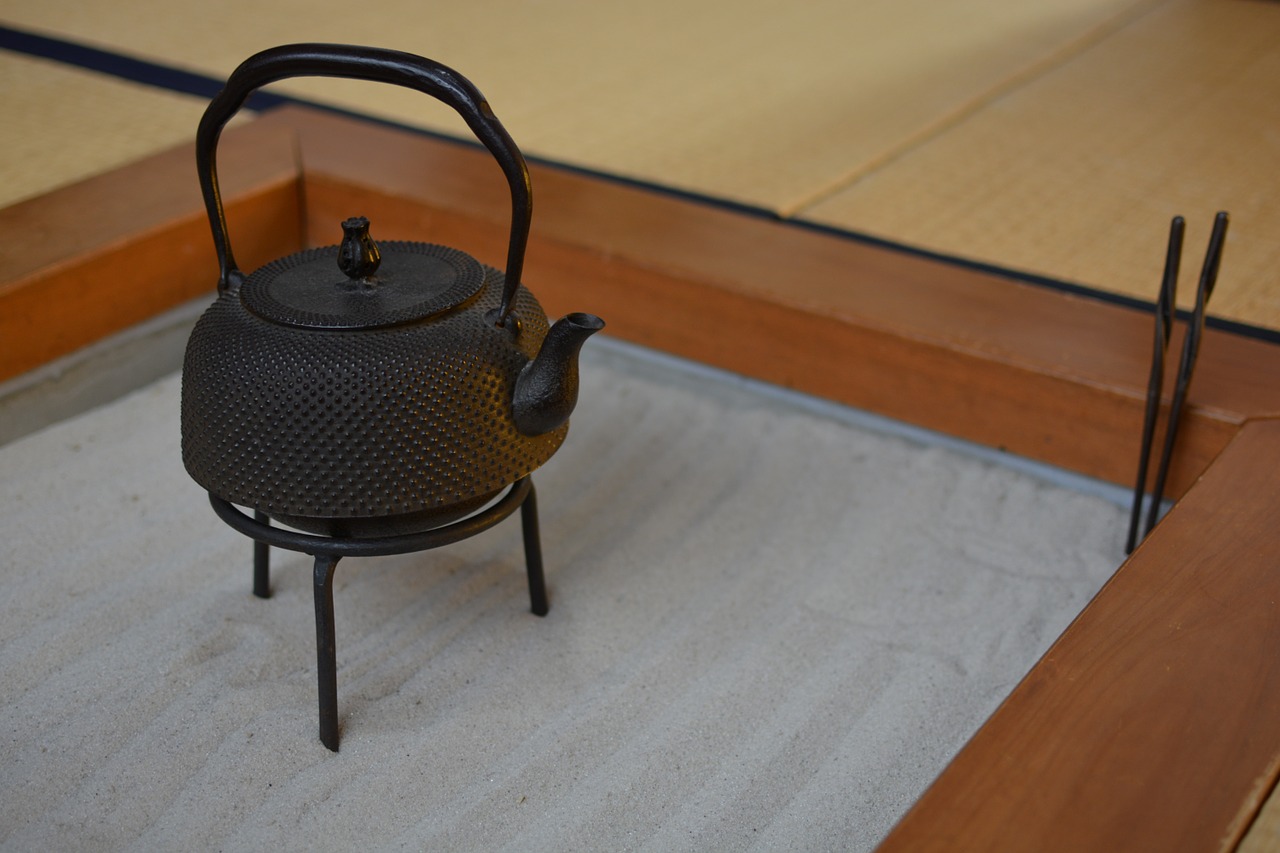
What are Japanese participles?
Let’s learn particle e/へ for now.
How to use particle e/へ
e/へ(pronounced e, but spelled he) is used to indicate direction of movement. e/へ is equivalent to English "to."
In English, prepositions are always followed by a noun group and make a prepositional phrase. A prepositional phrase plays the grammatical role of an adjective or adverb.
Similarly, e/へ always follow a noun group and make a postpositional phrase, which plays the grammatical role of an adverb. That is, postpositional phrases usually tell us more about verbs.
<Example 1>
Boku wa ashita tookyoo e iki-masu.
ぼく は あした とうきょう へ いきます。
僕 は 明日 へ 行きます。
[I as-for tomorrow Tokyo to go]
I will go to Tokyo tomorrow.
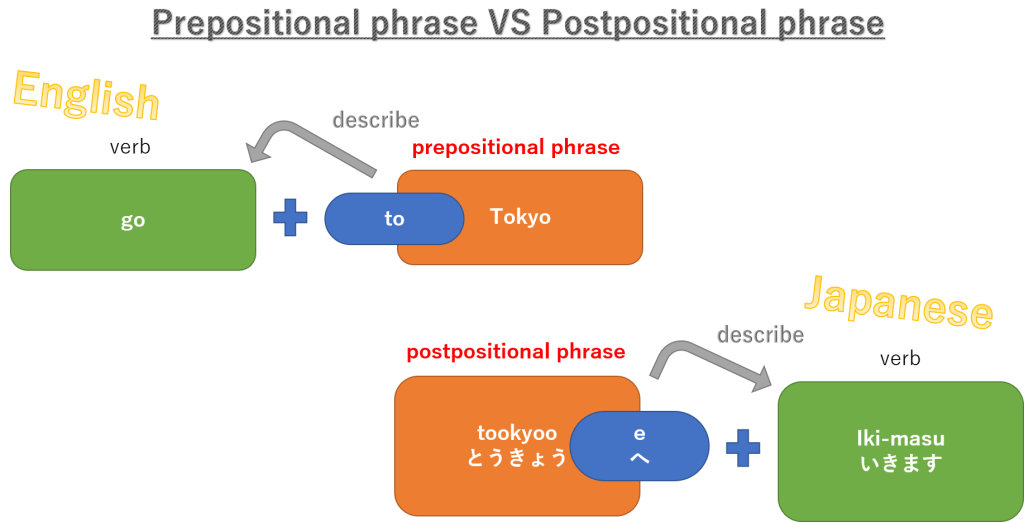
Let's look at a few examples:
<Example 2>
Raishuu nihon e kaeri-masu.
らいしゅう にほん へ かえります。
来週 日本 へ 帰ります。
[next-week Japan to go-back]
I'll go back to Japan next week.
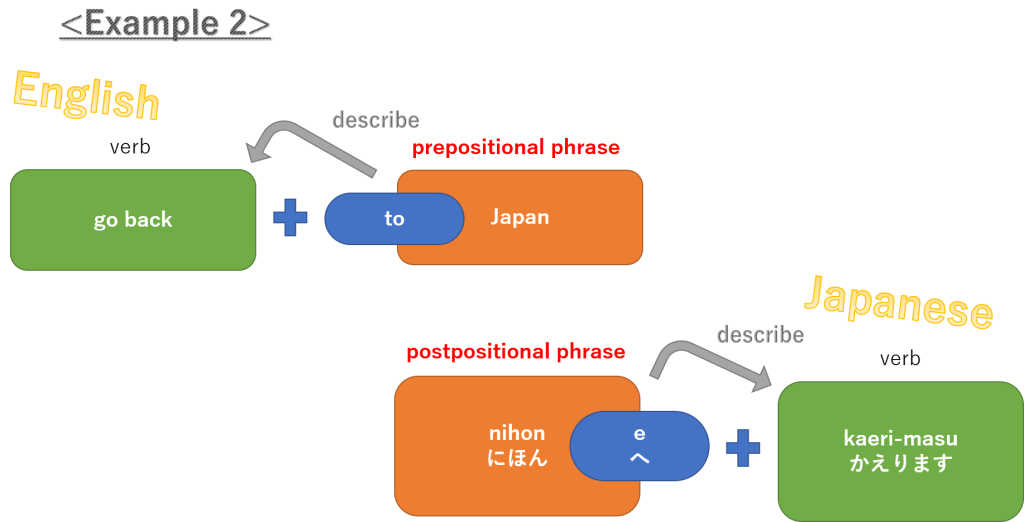
Here, e/へ comes after "nihon", and this tell us that Japan is the direction of the act of going back.
<Example 3>
Ashita wa jitensha de gakkoo e iku.
あした は じてんしゃ で がっこう へ いく。
明日 は 自転車 で 学校 へ 行く。
[tomorrow as-for bicycle de/で school to go]
I'm going to school by bicycle tomorrow.
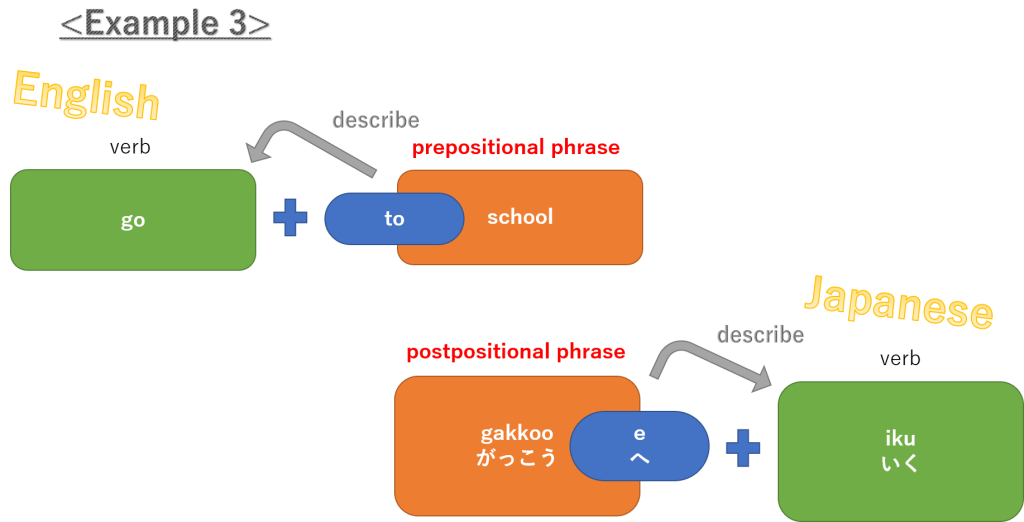
School is the direction of the act of going, and we know this because “gakkoo” is followed by e/へ.
<Example 4>
Nihon e yookoso.
にほん へ ようこそ。
日本 へ ようこそ。
[Japan to welcome]
Welcome to Japan.
e/へ is used with the word "yookoso" which means English "welcome."
You may also like
https://jpgrammar.com/particle-ni/
